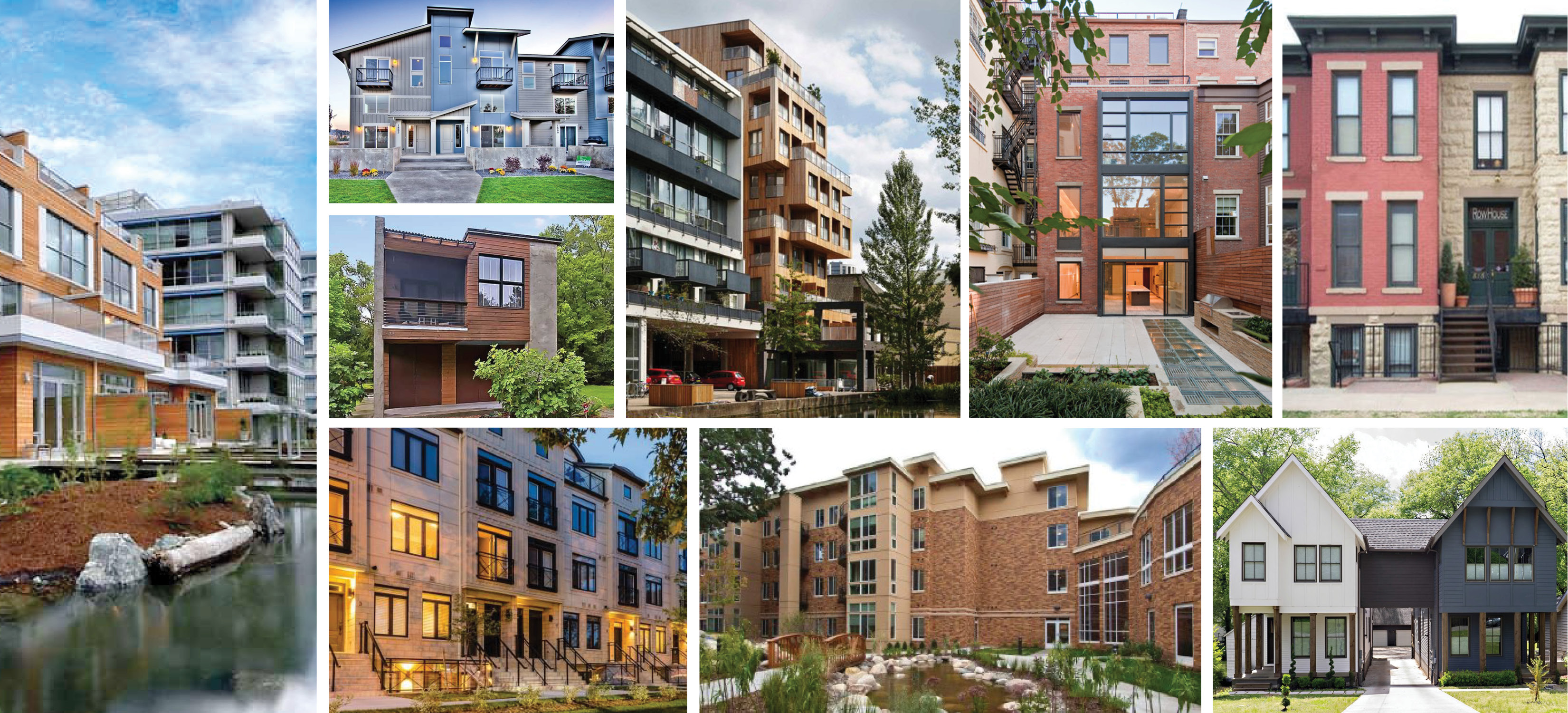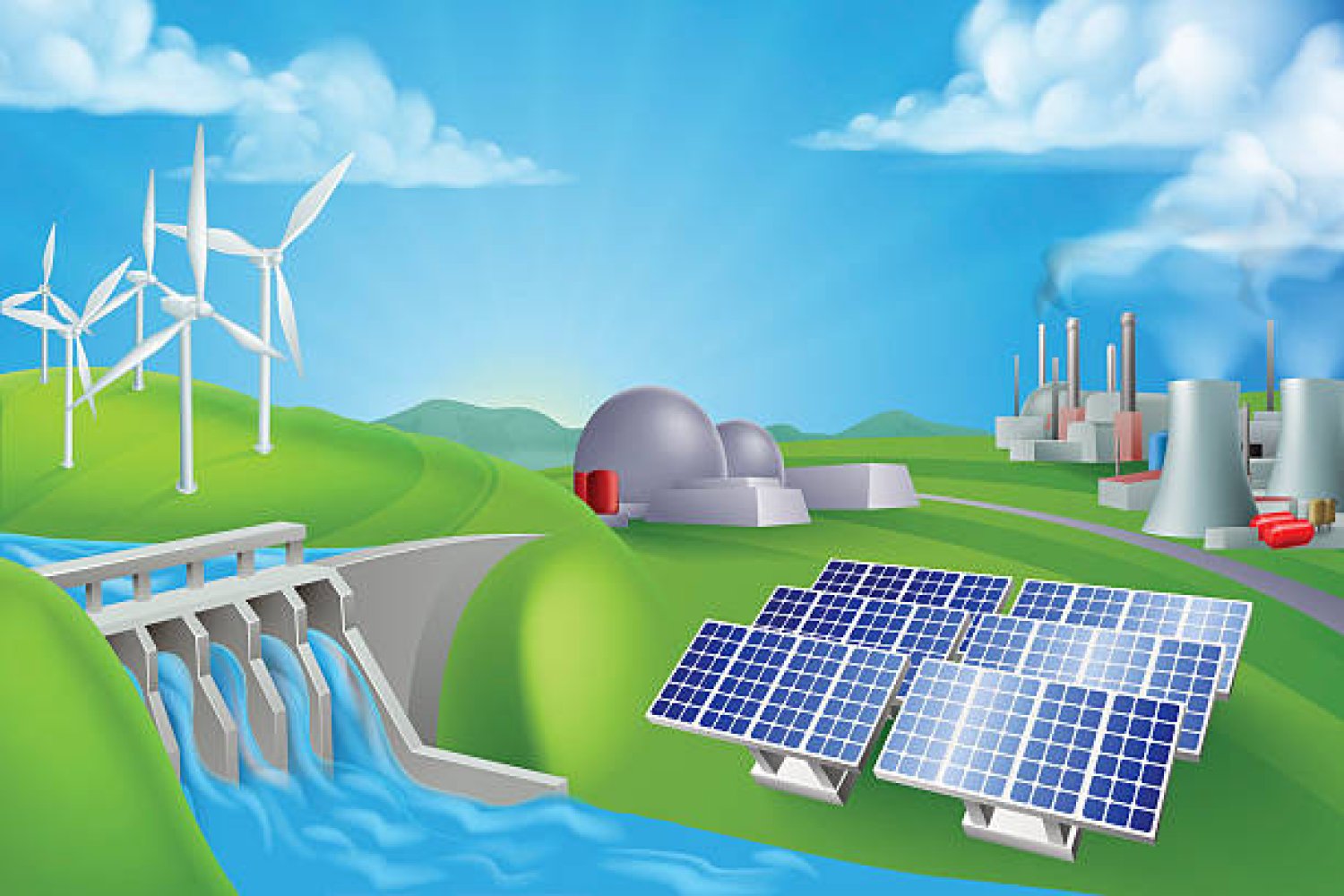EcoFlow launches Gateway providing whole-home backup – ess-news.com

Report on the EcoFlow Gateway Home Energy Management System and its Alignment with Sustainable Development Goals
Introduction
EcoFlow has introduced the EcoFlow Gateway (Single-Phase) EF-SG-001, a home energy management system designed to serve as a central hub for integrating multiple power sources. Launched at the 2025 Solar & Storage UK trade show, the system aims to provide homeowners with greater control over their energy consumption, supporting on-grid, off-grid, and hybrid models. This development represents a significant step towards achieving energy independence and aligns with several key United Nations Sustainable Development Goals (SDGs).
System Specifications and Key Features
The EcoFlow Gateway is engineered to provide comprehensive energy management and backup power. Its primary features contribute directly to creating more resilient and sustainable household energy infrastructures.
- Power Capacity: Supports up to 100 A mains input, capable of powering high-demand systems like electric vehicle chargers. It has a nominal AC power output of up to 24 kW and a 12 V/1A DC output.
- Uninterrupted Power Supply: Features a 0ms switchover at the load side during power outages, ensuring continuous operation of appliances and connectivity.
- Smart Monitoring: A built-in smart meter allows for real-time monitoring of energy usage and generation from all connected devices, promoting efficient energy management.
- Integration and Compatibility: The system integrates with smart-home platforms, third-party solar inverters, and traditional diesel generators, offering flexibility in energy sourcing.
- Physical Characteristics: The wall-mounted unit weighs 15 kg, measures 465 x 380 x 160 mm, and is suitable for both indoor and outdoor installation. It operates in temperatures ranging from -30°C to 60°C.
Contribution to Sustainable Development Goals (SDGs)
The EcoFlow Gateway system directly supports the advancement of global sustainability targets, with a particular focus on energy, urban development, and climate action.
-
SDG 7: Affordable and Clean Energy
The system is a critical enabler for increasing the share of renewable energy in the global energy mix. By seamlessly integrating with solar power systems, it empowers homeowners to generate, store, and utilize clean energy. This reduces reliance on fossil fuel-based grids, making clean energy more accessible and manageable at the household level.
-
SDG 11: Sustainable Cities and Communities
The Gateway enhances the resilience of urban and rural households against power grid instability. Its whole-home backup capability ensures a reliable power supply during outages, a crucial component for sustainable and safe communities. By facilitating decentralized energy generation, it contributes to building more robust and self-sufficient local energy infrastructures.
-
SDG 13: Climate Action
By optimizing the use of renewable energy sources like solar and enabling smarter energy consumption patterns, the EcoFlow Gateway helps homeowners reduce their carbon footprint. The system’s ability to manage energy efficiently minimizes waste and decreases overall demand on carbon-intensive power plants, thereby contributing to climate change mitigation efforts.
Analysis of Sustainable Development Goals (SDGs) in the Article
1. Which SDGs are addressed or connected to the issues highlighted in the article?
-
SDG 7: Affordable and Clean Energy
- The article focuses on the EcoFlow Gateway, a home energy management system. This directly relates to SDG 7 by providing solutions for managing energy usage, integrating renewable sources like solar, and ensuring a reliable power supply. The system aims to help homeowners “take control of their energy needs” and achieve “energy independence,” which are central themes of this goal.
-
SDG 11: Sustainable Cities and Communities
- By providing “true whole-home backup” and ensuring an “uninterrupted 0ms switchover” during power outages, the technology enhances the resilience of households. Resilient infrastructure at the household level is a foundational component of creating sustainable and resilient communities, contributing to the overall stability and safety of urban and rural living environments.
-
SDG 13: Climate Action
- The system’s compatibility with “third-party solar inverters” promotes the adoption of renewable energy at the residential level. By enabling homeowners to integrate solar power and optimize their energy consumption through smart features, the product helps reduce reliance on traditional, fossil-fuel-based power sources, thereby contributing to the mitigation of climate change.
2. What specific targets under those SDGs can be identified based on the article’s content?
-
Target 7.1: Ensure universal access to affordable, reliable and modern energy services.
- The article highlights the system’s ability to provide “full backup for most European households” and an “uninterrupted 0ms switchover” during a power outage. This directly addresses the “reliable” aspect of the target by ensuring continuous power for appliances and Wi-Fi, enhancing the quality and dependability of energy services for homeowners.
-
Target 7.2: Increase substantially the share of renewable energy in the global energy mix.
- The EcoFlow Gateway is described as “the missing link between solar, storage, and smart-home technology” and is “compatible with third-party solar inverters.” This functionality directly supports Target 7.2 by making it easier for households to integrate renewable energy sources like solar power into their home energy systems, thus increasing the share of renewables at a micro-level.
-
Target 7.3: Double the global rate of improvement in energy efficiency.
- The system features a “built-in smart meter which can monitor real-time energy usage.” Furthermore, a related product, Oasis, “uses AI to help homeowners optimize their energy consumption and storage.” These features empower users to manage their energy usage more effectively, reduce waste, and improve overall energy efficiency in their homes, aligning with the goal of this target.
3. Are there any indicators mentioned or implied in the article that can be used to measure progress towards the identified targets?
-
Indicator for Target 7.1 (Reliability): Duration and frequency of electrical outages.
- The article’s claim of an “uninterrupted 0ms switchover” during a power outage directly implies a measurement of energy reliability. The system’s performance can be measured by its ability to eliminate disruptions to the power supply at the load side, effectively reducing the duration of household power outages to zero.
-
Indicator for Target 7.2 (Renewable Energy Share): Proportion of energy from renewable sources.
- The system’s function as a “central hub” that integrates solar power implies that it can track the amount of energy generated and consumed from different sources. The “built-in smart meter” which monitors “real-time energy usage and generation from each device” provides the data needed to calculate the proportion of a household’s total energy consumption that comes from renewable sources like solar.
-
Indicator for Target 7.3 (Energy Efficiency): Energy intensity measured by energy consumption per household.
- The smart meter’s ability to “monitor real-time energy usage” and the AI’s function to “optimize… energy consumption” provide a direct means to measure and improve energy efficiency. Progress can be tracked by analyzing the data from the smart meter to show a reduction in overall energy consumption (energy intensity) while maintaining the same level of household activity and comfort.
Summary Table of SDGs, Targets, and Indicators
| SDGs | Targets | Indicators |
|---|---|---|
| SDG 7: Affordable and Clean Energy | 7.1: Ensure access to affordable, reliable and modern energy services. | Implied: Duration of power supply disruptions at the household level (aiming for zero with the “0ms switchover”). |
| SDG 7: Affordable and Clean Energy | 7.2: Increase substantially the share of renewable energy. | Implied: Proportion of household energy consumption generated from renewable sources (e.g., solar), tracked via the system’s integration and monitoring capabilities. |
| SDG 7: Affordable and Clean Energy | 7.3: Double the global rate of improvement in energy efficiency. | Implied: Reduction in household energy intensity, measured by monitoring real-time energy usage and optimizing consumption with smart meter and AI features. |
| SDG 11: Sustainable Cities and Communities | 11.1: Ensure access for all to adequate, safe and affordable housing and basic services. | Implied: Percentage of households with access to a resilient and uninterrupted power supply, enhancing the reliability of basic services. |
| SDG 13: Climate Action | 13.2: Integrate climate change measures into policies, strategies and planning. | Implied: Rate of adoption of integrated renewable energy and energy efficiency solutions at the household level, contributing to broader climate goals. |
Source: ess-news.com

What is Your Reaction?
 Like
0
Like
0
 Dislike
0
Dislike
0
 Love
0
Love
0
 Funny
0
Funny
0
 Angry
0
Angry
0
 Sad
0
Sad
0
 Wow
0
Wow
0











































































